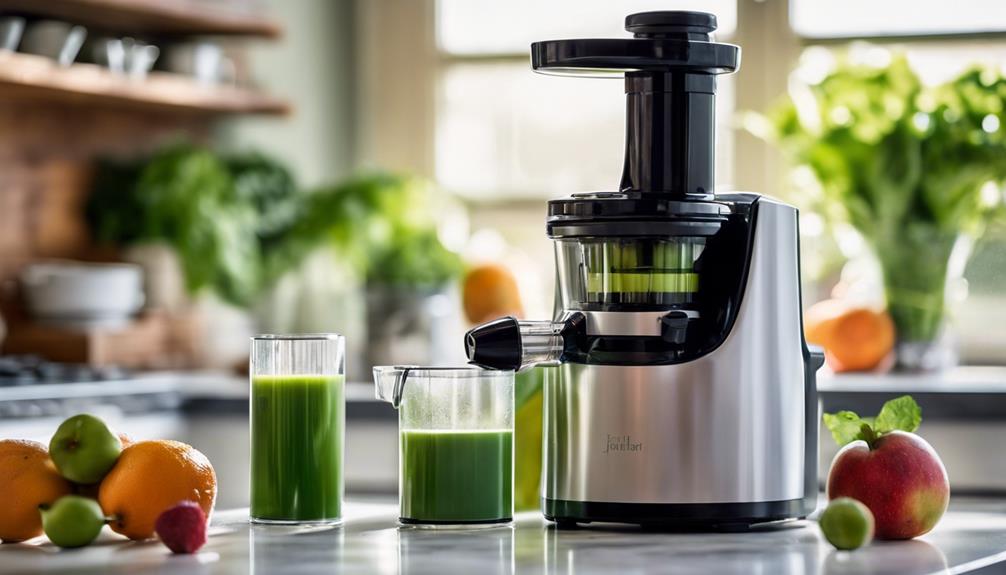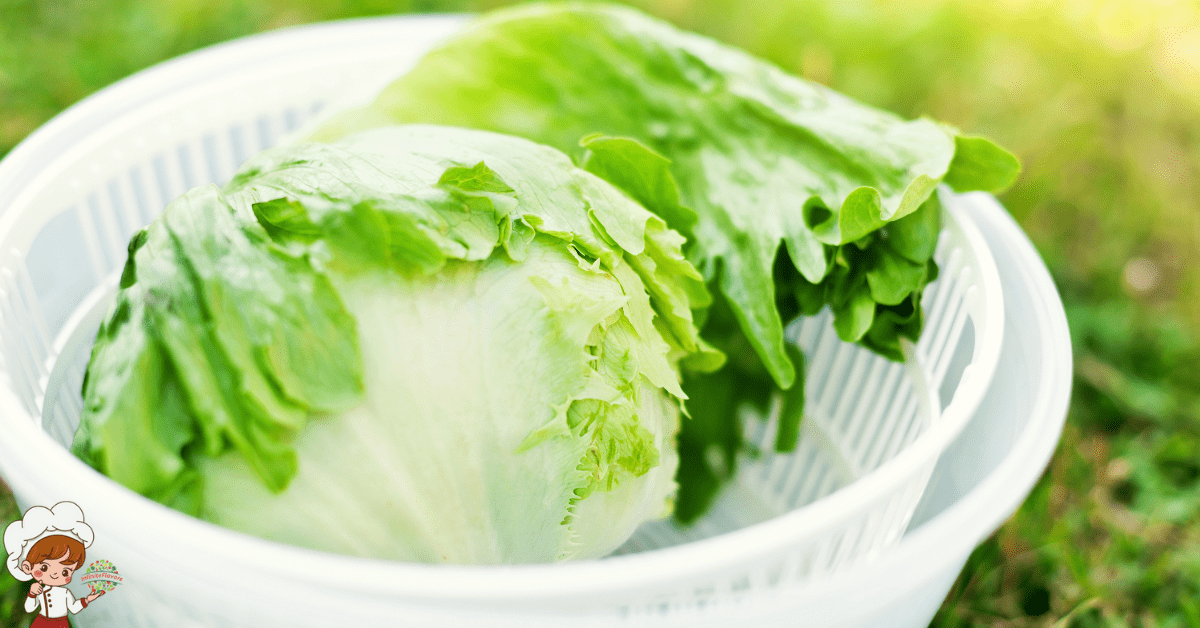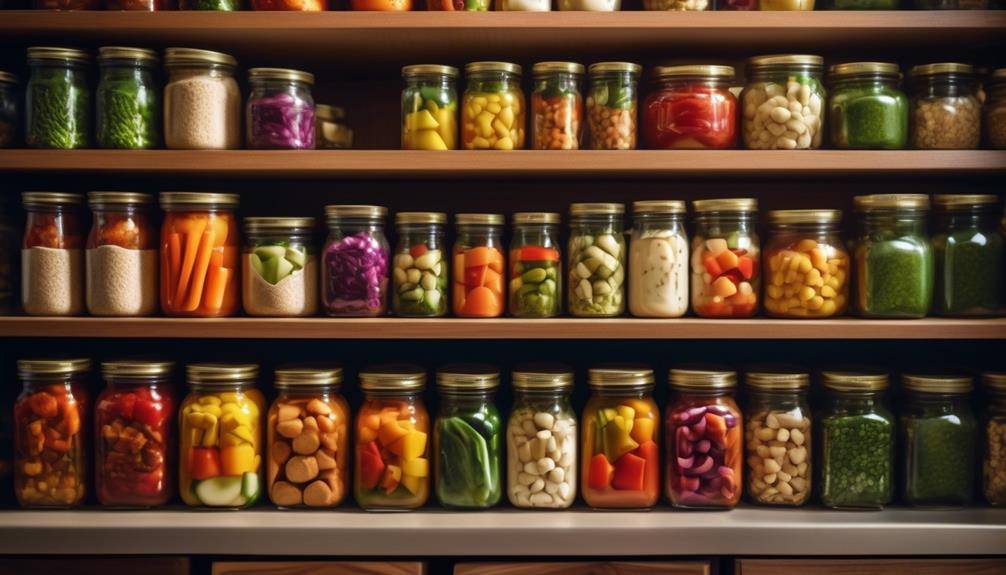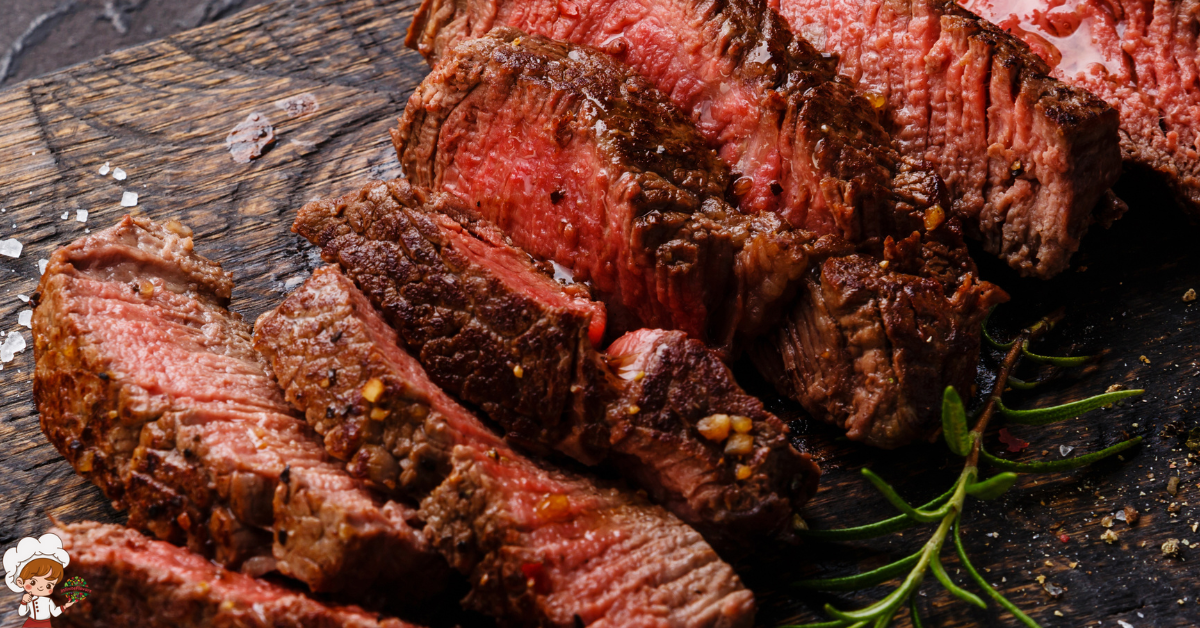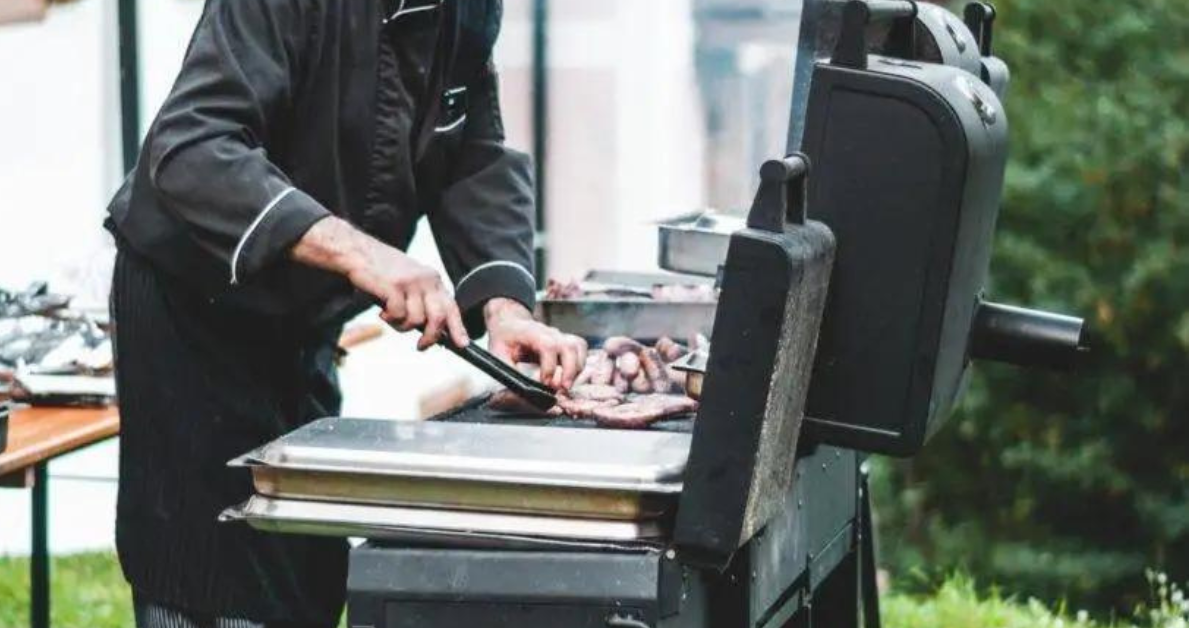What Is Best Grilling Vs. Smoking Meat Comparison
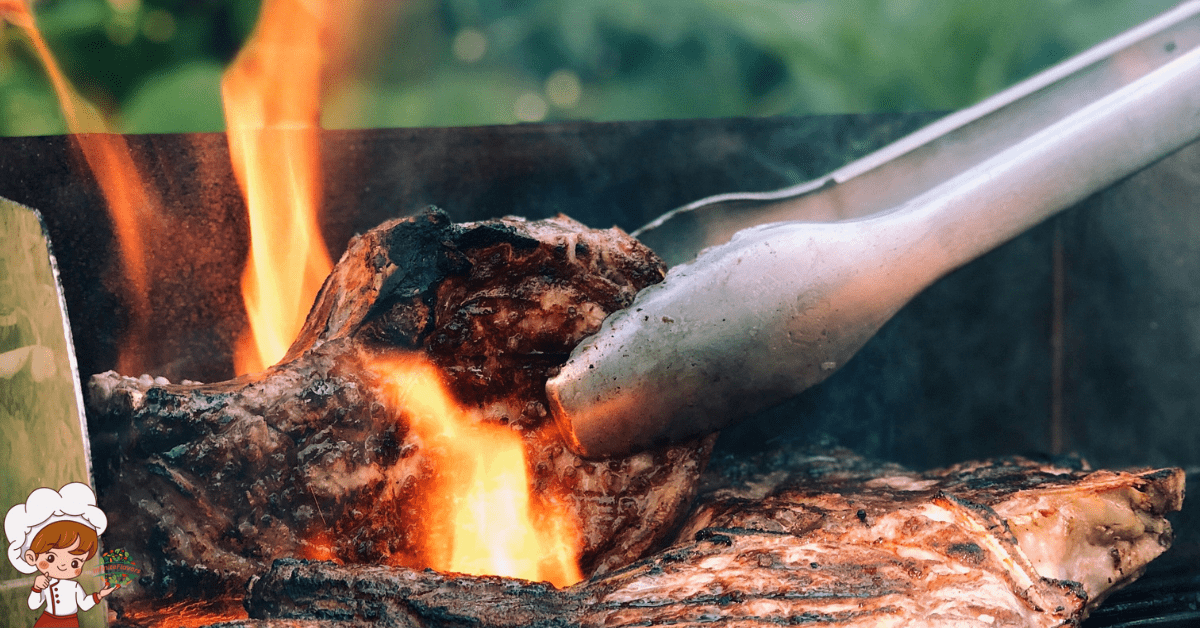
Grilling Vs. Smoking Meat; So, you think you’ve mastered the art of grilling, huh? Well, brace yourself, because we’re about to put your grilling skills to the test and pit them against the slow, smoky allure of smoking meat. Sure, you’ve spent countless summer nights flipping burgers and searing steaks, but have you ever truly experienced the mouthwatering, fall-off-the-bone goodness that can only be achieved through the art of smoking? Prepare yourself for a journey that will make you question everything you thought you knew about grilling, as we compare the two methods and explore the unique flavors and techniques that each brings to the table.
Grilling: Direct Heat Application
When it comes to grilling, there’s nothing quite like the sizzle and char of direct heat application on your meat. The intense heat from the grill grates creates a flavorful crust on the outside while ensuring the inside remains juicy and tender. Grilling allows you to cook your meat quickly, making it an ideal choice for weeknight dinners or impromptu gatherings.
The heat intensity of grilling is unmatched. Whether you’re using a gas grill or a charcoal grill, the direct heat source delivers a high temperature that sears the meat, locking in its natural juices. This intense heat creates those beautiful grill marks that not only look impressive but also enhance the smoky flavor of the meat.
Grilling also offers a variety of cooking techniques to experiment with. You can opt for direct grilling, which involves cooking the meat directly over the heat source. This method is perfect for thin cuts of meat or vegetables that cook quickly. Indirect grilling, on the other hand, involves placing the meat away from the heat source, allowing for slower cooking. This is ideal for larger cuts of meat or delicate items like fish.
Another popular grilling technique is searing. By starting the meat on high heat to sear the surface, you can lock in the juices and create a delicious caramelized crust. This technique is often used for steaks or burgers, giving them that mouthwatering charred exterior.
Smoking: Slow and Indirect Method
When it comes to smoking meat, you can expect a flavorful infusion process that takes time, but is well worth the wait. The slow and indirect method used in smoking allows the meat to absorb the smoky aroma and taste, resulting in a unique and delicious flavor profile. Additionally, this method ensures that the meat becomes tender and juicy, making it a favorite among barbecue enthusiasts.
Flavorful Infusion Process
To achieve a truly flavorful infusion process in smoking meat, the slow and indirect method is essential. Smoking is known for its ability to infuse meats with a rich and smoky flavor that simply can’t be replicated by other cooking methods. The slow and indirect method allows the meat to cook slowly over a low temperature, allowing the smoke to permeate the meat and infuse it with its distinct flavor.
This process enhances the natural flavors of the meat and creates a depth of flavor that is unmatched. The infusion techniques used in smoking result in a flavor that is complex, savory, and incredibly satisfying. Whether you’re smoking ribs, brisket, or chicken, the slow and indirect method ensures a flavorful result that will leave your taste buds craving more.
Tender and Juicy Results
The slow and indirect method of smoking meat produces tender and juicy results that will have you coming back for more. Unlike grilling, smoking meat involves cooking at low temperatures over a longer period of time. This slow cooking process allows the meat to become incredibly tender, while retaining its natural juices. The smoke from the wood chips enhances the flavor and infuses the meat with a smoky aroma that is irresistible.
The cooking technique of smoking also allows for a greater control over the temperature and smoke levels, ensuring that the meat is cooked evenly and to perfection. Whether you prefer a smoky, bold flavor or a more subtle taste, smoking meat offers a variety of options to suit your taste preferences. So, fire up your smoker and get ready to experience the mouthwatering results that only smoking can deliver.
Smoky Aroma and Taste
Indulge your senses with the irresistible smoky aroma and tantalizing taste that can only be achieved through the slow and indirect method of smoking meat. The flavor differences between grilling and smoking are distinct and remarkable. When you grill meat, the high heat sears the surface, creating a crispy and flavorful crust. However, smoking takes the flavor profile to a whole new level.
As the meat cooks slowly over indirect heat, it absorbs the smoky essence from the wood chips or chunks, infusing it with a deep, rich flavor. The cooking techniques also play a crucial role in achieving this smoky goodness. The low and slow cooking process in smoking allows the flavors to penetrate the meat, resulting in tender, juicy, and mouth-watering dishes that are worth the time and effort.
Flavor Profile: Charred Vs. Smoky
When it comes to the flavor profile of grilling versus smoking meat, there is a distinct difference between the charred taste of a grill and the smoky essence of a smoker. The charred flavor of grilling adds a delicious and slightly burnt taste to the meat. It creates a crispy outer layer that locks in the natural juices, resulting in a tender and juicy interior. This charred flavor works exceptionally well with meats like steak and burgers, enhancing their robust and savory qualities. The high heat of grilling sears the meat quickly, creating a caramelized crust that is hard to resist.
On the other hand, the smoky flavor of smoking meat offers a unique and complex taste that cannot be replicated by grilling alone. As the meat cooks slowly over low heat, it absorbs the aromatic smoke from the wood chips, infusing it with a rich and deep smoky essence. This flavor is particularly suited for meats like ribs and brisket, where the slow cooking process allows the smoke to penetrate deeply into the meat, resulting in a tender and flavorful experience. The smokiness adds a layer of complexity to the meat, providing a delightful balance of flavors.
The impact of the charred flavor versus the smoky flavor can vary depending on the type of meat being cooked. For leaner meats like chicken breast or pork tenderloin, the charred flavor can help to add some much-needed depth and richness. It provides a contrast to the lean texture and elevates the overall taste. On the other hand, fattier cuts of meat like ribeye or pork shoulder benefit greatly from the smoky flavor. It complements the richness of the meat and adds a distinct element that enhances the overall dining experience.
Cooking Time: Quick Vs. Slow
To fully appreciate the difference between grilling and smoking meat, you must take into account the significant contrast in cooking time. This is where the two cooking techniques diverge drastically. Grilling is known for its quick cooking time, while smoking meat is a slow and steady process.
When you grill meat, it is subjected to direct heat, usually from a hot flame or charcoal. This intense heat quickly sears the surface of the meat, creating those iconic grill marks and a nice charred flavor. The cooking time for grilling is relatively short, typically ranging from a few minutes to an hour, depending on the thickness of the meat. Grilling is perfect for those times when you want a delicious meal in a hurry or when you’re hosting a backyard barbecue and need to cook food quickly for a crowd.
On the other hand, smoking meat is a patient and time-consuming process. The meat is cooked at a low temperature, usually between 225°F and 275°F, for an extended period of time. This slow cooking allows the smoke from wood chips to penetrate the meat, infusing it with a rich and smoky flavor. Smoking can take anywhere from a few hours to several days, depending on the size and type of meat. The longer cooking time of smoking allows for the development of complex flavors and tenderizes the meat, resulting in a melt-in-your-mouth texture.
Both grilling and smoking are excellent cooking techniques, each with its own unique advantages. Grilling offers the convenience of quick cooking, ideal for weeknight dinners or impromptu gatherings. On the other hand, smoking allows for the development of deep and smoky flavors, perfect for special occasions or when you have the luxury of time. Ultimately, the choice between grilling and smoking depends on your preferences and the specific flavor profile you are looking to achieve.
Temperature Control: High Heat Vs. Low and Steady
When it comes to temperature control, grilling and smoking offer distinct approaches. Grilling relies on high heat to quickly cook meat, resulting in a charred exterior and juicy interior. On the other hand, smoking involves low and steady heat, allowing the meat to slowly absorb smoky flavors and become tender. The difference in temperature control between grilling and smoking greatly impacts the taste and texture of the final product, making each method unique in its own way.
Grilling: Quick and Hot
Grilling, with its quick and hot cooking method, allows for precise temperature control, whether you prefer high heat to sear your meat or a low and steady flame for a slow and tender cook. When it comes to grilling techniques, heat distribution is key. With high heat, you can achieve those beautiful grill marks and a delicious charred crust on your steak or burgers. The intense heat quickly sears the meat, locking in juices and creating a mouthwatering caramelized exterior.
On the other hand, a low and steady flame is perfect for delicate cuts like fish or vegetables. The gentle heat ensures even cooking throughout, resulting in a moist and tender texture. Whether you’re aiming for a quick sear or a slow and tender cook, grilling gives you the flexibility to control the temperature and achieve your desired results.
Smoking: Slow and Smoky
Now let’s shift our focus to smoking, a method that brings a slow and smoky flavor to your meat while offering a different approach to temperature control compared to grilling. Smoking is all about patience and precision. It involves cooking meat at low temperatures for an extended period, allowing the meat to absorb the rich smoky flavors. The key to successful smoking lies in mastering the smoking techniques and selecting the right wood for your fire.
Different woods, such as hickory, mesquite, or applewood, contribute distinct flavors to the meat. Experimenting with different wood selections can elevate your smoking game and create unique flavor profiles. Whether you prefer a subtle smokiness or a bold, robust flavor, smoking allows you to achieve a depth of flavor that grilling simply cannot replicate.
Heat Control Differences
To truly understand the differences in heat control between grilling and smoking, it is essential to recognize the contrasting approaches of high heat versus low and steady temperatures. When it comes to grilling, the name of the game is high heat. Whether you’re using a gas grill or charcoal, the goal is to sear the meat quickly and create those beautiful grill marks. The temperature regulation techniques for grilling often involve adjusting the heat source and the distance of the food from the heat.
On the other hand, smoking is all about low and steady temperatures. This slow-cooking method allows the flavors to develop and infuse into the meat. Temperature regulation techniques for smoking typically involve adjusting the airflow and using a combination of charcoal and hardwood chips to maintain a consistent temperature. So, while grilling relies on high heat for a quick and intense cooking experience, smoking emphasizes low and steady temperatures to achieve tender and flavorful results.
Equipment: Grill Vs. Smoker
When it comes to cooking meat, the choice between a grill and a smoker can make all the difference in flavor and tenderness. Both equipment options have their pros and cons, so it’s important to consider your preferences and cooking style before making a decision.
Grills are versatile and popular among many meat enthusiasts. They offer high heat, which is great for searing and achieving those beautiful grill marks. Grills are also relatively easy to clean and maintain. With regular grill maintenance, such as brushing off any food debris and grease, you can keep your grill in good shape and extend its lifespan. However, grills may not provide the same depth of flavor as smokers. While grilling can give you that delicious charred taste, it may lack the smokiness that many people crave.
On the other hand, smokers are dedicated to infusing meats with a rich smoky flavor. Smoking requires low and slow cooking, which results in tender and flavorful meat. However, smokers can be more challenging to clean compared to grills. The buildup of smoke residue and grease can be quite stubborn, requiring thorough smoker cleaning to prevent any unpleasant flavors in future cooks.
Ultimately, the choice between a grill and a smoker boils down to personal preference. If you enjoy the simplicity and convenience of grilling, and don’t mind sacrificing some smokiness, a grill may be the better choice for you. On the other hand, if you’re after that authentic smoky flavor and are willing to invest the time and effort into smoker cleaning, then a smoker may be the way to go.
Fuel Source: Gas, Charcoal, or Wood
When it comes to choosing the fuel source for grilling or smoking meat, you have three main options: gas, charcoal, or wood. Each fuel type offers its own unique flavor profile, with wood providing a rich and smoky taste, charcoal adding a distinct smokiness, and gas offering a more clean and neutral flavor. Additionally, the choice of fuel source affects temperature control methods, as gas grills allow for precise temperature adjustments, while charcoal and wood require more attention and skill to maintain the desired heat. Ultimately, the fuel source you choose will greatly impact the flavor and cooking experience of your grilled or smoked meat.
Fuel Types and Flavors
A key factor in achieving the perfect flavor for your grilled or smoked meat is the choice of fuel source, whether it be gas, charcoal, or wood. Each fuel type offers distinct flavor profiles that can enhance your culinary creations. Gas grills are convenient and provide a consistent heat source, but they lack the smoky flavor that charcoal and wood bring to the table. Charcoal imparts a rich, smoky taste that is highly sought after by barbecue enthusiasts. It adds a depth of flavor that cannot be replicated by other fuel types.
On the other hand, wood fuels, such as hardwood chips or logs, introduce a variety of flavors depending on the type of wood used. From the sweet and fruity notes of apple or cherry to the bold and robust flavors of mesquite or hickory, wood fuels allow you to experiment and customize your meat’s taste to your liking. So, when choosing your fuel source, consider the flavor profile you desire to achieve the perfect grilled or smoked meat experience.
Temperature Control Methods
To achieve precise temperature control when grilling or smoking meat, the choice of fuel source – whether it be gas, charcoal, or wood – plays a crucial role. Each fuel source has its advantages and disadvantages when it comes to heat distribution and cooking techniques. Gas grills offer the convenience of quick and easy heat control, with adjustable knobs that allow you to set and maintain the desired temperature. Charcoal grills, on the other hand, provide a smoky flavor and intense heat, but require more skill to control the temperature accurately.
Wood-fired grills are the traditional choice for smoking, as they impart a distinct smoky flavor and allow for low and slow cooking. However, they require more time and effort to maintain consistent temperatures. Ultimately, the choice of fuel source depends on your preference for flavor, convenience, and cooking style.
Moisture Retention: Drier Vs. Juicy
Grilling and smoking meat offer distinct differences in moisture retention, resulting in either drier or juicier outcomes. When it comes to moisture retention, grilling tends to result in a drier texture compared to smoking. This is mainly because grilling is a high-heat cooking method that quickly sears the meat, causing the moisture to evaporate more rapidly. The direct heat of the grill can cause the meat to lose its natural juices, resulting in a drier and less tender final product.
On the other hand, smoking is a slow and low-heat cooking method that allows the meat to cook slowly over indirect heat, resulting in a juicier outcome. The low temperature of smoking helps to retain the moisture in the meat, resulting in a tender and succulent texture. The smoke from the wood adds a unique flavor profile to the meat, enhancing its juiciness even further.
Smoking also offers the advantage of basting the meat in its own juices. As the fat renders and drips onto the coals or wood chips, it creates flavorful smoke that infuses the meat and keeps it moist throughout the cooking process. This basting effect helps to lock in the natural juices, resulting in a moist and flavorful end result.
While grilling can certainly produce delicious and flavorful meat, it often requires careful attention and proper techniques to retain moisture. Marinating the meat beforehand, using indirect heat, and occasionally basting with a flavorful sauce can help to mitigate the risk of dryness. However, when it comes to achieving the juiciest and most tender texture, smoking is the preferred method. The slow and gentle cooking process allows the meat to retain its moisture, resulting in a succulent and mouthwatering final product.
Types of Meat: Steaks, Burgers, and Veggies Vs. Ribs, Briskets, and Whole Birds
When it comes to cooking methods for different types of meat, there is a distinct contrast between grilling and smoking. Each method is best suited for certain types of meat, and the choice between them depends on personal preference and desired flavors. Grilling is perfect for cooking steaks, burgers, and veggies, while smoking is ideal for ribs, briskets, and whole birds.
Grilling is known for its ability to quickly cook meat while imparting a delicious charred flavor. Steaks and burgers are perfect for grilling because the high heat helps to sear the outside, locking in the juices and creating a juicy and tender interior. The direct heat of the grill also gives vegetables a smoky and caramelized flavor, making them a great option for vegetarian or vegan meals.
On the other hand, smoking is a slow and low-temperature cooking method that infuses meat with a rich and smoky flavor. Ribs, briskets, and whole birds benefit from the long cooking time and the gentle heat of the smoker. The slow cooking process allows the meat to become tender and juicy, while the smoke adds a unique depth of flavor.
When it comes to adding flavor to the meat, both grilling and smoking offer different options. Grilling often involves using marinades to enhance the taste of the meat, while smoking leans more towards dry rubs. Marinades are liquids that typically contain a mixture of spices, herbs, oils, and acids, which help to tenderize the meat and infuse it with flavor. Dry rubs, on the other hand, are a blend of spices and herbs that are applied directly to the meat before smoking. They create a flavorful crust on the outside of the meat and add a delicious complexity to the overall taste.
Versatility: Quick Weeknight Meals Vs. Weekend BBQ Feasts
For those looking to whip up a quick and satisfying dinner during the week, grilling offers the versatility needed for a delicious meal in no time. When it comes to weeknight dinner options, grilling is the go-to method for creating a mouthwatering feast without spending hours in the kitchen. With a hot grill and some fresh ingredients, you can have a flavorful meal ready in no time.
Grilling allows you to cook a variety of ingredients quickly and efficiently. Whether it’s juicy steaks, tender chicken breasts, or a medley of vegetables, the grill can handle it all. The high heat of the grill helps to sear the meat, locking in the juices and creating a delicious caramelized exterior. This means you can have a perfectly cooked steak or a succulent piece of chicken in just a matter of minutes.
On the other hand, smoking meat is a weekend cooking project that requires time and patience. While the end result is undeniably delicious, it’s not something you can whip up in a hurry. Smoking meat involves slow cooking at a low temperature, allowing the flavors to develop and infuse into the meat. It’s a process that can take several hours or even overnight.
Skill Level: Beginner-Friendly Vs. Mastering the Art of Smoking
If you’re just starting out in the world of outdoor cooking, grilling is a beginner-friendly option that allows you to quickly master the art of creating delicious meals. Grilling is relatively straightforward, requiring basic skills and minimal equipment. With a grill, some charcoal, and a few essential tools, you can easily whip up juicy burgers, tender steaks, and flavorful vegetables in no time. It’s the perfect way to get started and build confidence in your outdoor cooking abilities.
On the other hand, smoking meat takes a bit more skill and patience to master. Smoking involves slow cooking meat over indirect heat, infusing it with a smoky flavor that can’t be replicated with grilling alone. It requires a dedicated smoker, specialized wood chips, and an understanding of smoking techniques.
For beginners, there are a few key tips to keep in mind when smoking meat. First, choose the right cut of meat. Fattier cuts, like pork shoulder or beef brisket, tend to work best for smoking as they can withstand the longer cooking times without drying out. Second, use a dry rub or marinade to enhance the flavor of the meat. This will add depth and complexity to your smoked creations. Finally, be patient. Smoking takes time, often several hours or even overnight, but the end result is well worth the wait.
As you gain more experience with smoking, you can experiment with different wood flavors, cooking temperatures, and techniques to take your smoked meats to the next level. It’s a culinary art that requires practice and dedication, but the rewards are unmatched. So, if you’re up for the challenge and eager to expand your outdoor cooking repertoire, mastering the art of smoking is a worthwhile endeavor.
Grilling Vs. Smoking Meat; Frequently Asked Questions
Can Grilling or Smoking Be Used Interchangeably for Different Types of Meat?
When deciding between grilling and smoking, it’s important to consider the type of meat you’re preparing. Grilling typically works best for thinner cuts that cook quickly, while smoking is ideal for larger, tougher cuts that benefit from low and slow cooking.
How Does the Choice of Fuel Source Affect the Flavor of the Meat?
When it comes to grilling or smoking meat, the choice of fuel source can have a significant impact on the flavor. Different fuels, like charcoal or wood chips, impart distinct flavors that can enhance the taste of the meat.
Is It Possible to Achieve a Smoky Flavor When Grilling With Direct Heat?
Yes, it is possible to achieve a smoky flavor when grilling with direct heat. By using techniques like adding wood chips or using marinades and rubs, you can infuse delicious smoky flavors into your grilled meats. However, the intensity of the smoky flavor may not be as strong as when smoking meat.
Does Smoking Require More Time and Effort Than Grilling?
Smoking requires more time and effort compared to grilling. It’s a slow process that involves maintaining a low temperature for a longer period. However, the result is worth it as smoking imparts a unique smoky flavor that grilling can’t match.
Can a Beginner Easily Transition From Grilling to Smoking?
Transitioning from grilling to smoking can be a breeze for beginners. Smoking offers a unique flavor and tenderness to meat that grilling can’t match. With beginner-friendly techniques and a little practice, you’ll be smoking like a pro in no time.
Conclusion
In conclusion, grilling and smoking are two distinct methods of cooking meat, each with its own unique characteristics. Grilling offers a quick and charred flavor, making it perfect for weeknight meals and cookouts. On the other hand, smoking provides a slow and smoky flavor, resulting in juicy and tender meat, ideal for indulging in a weekend BBQ feast. Both methods require different skills and offer a range of meat options, allowing you to choose based on your preferences and occasion.



